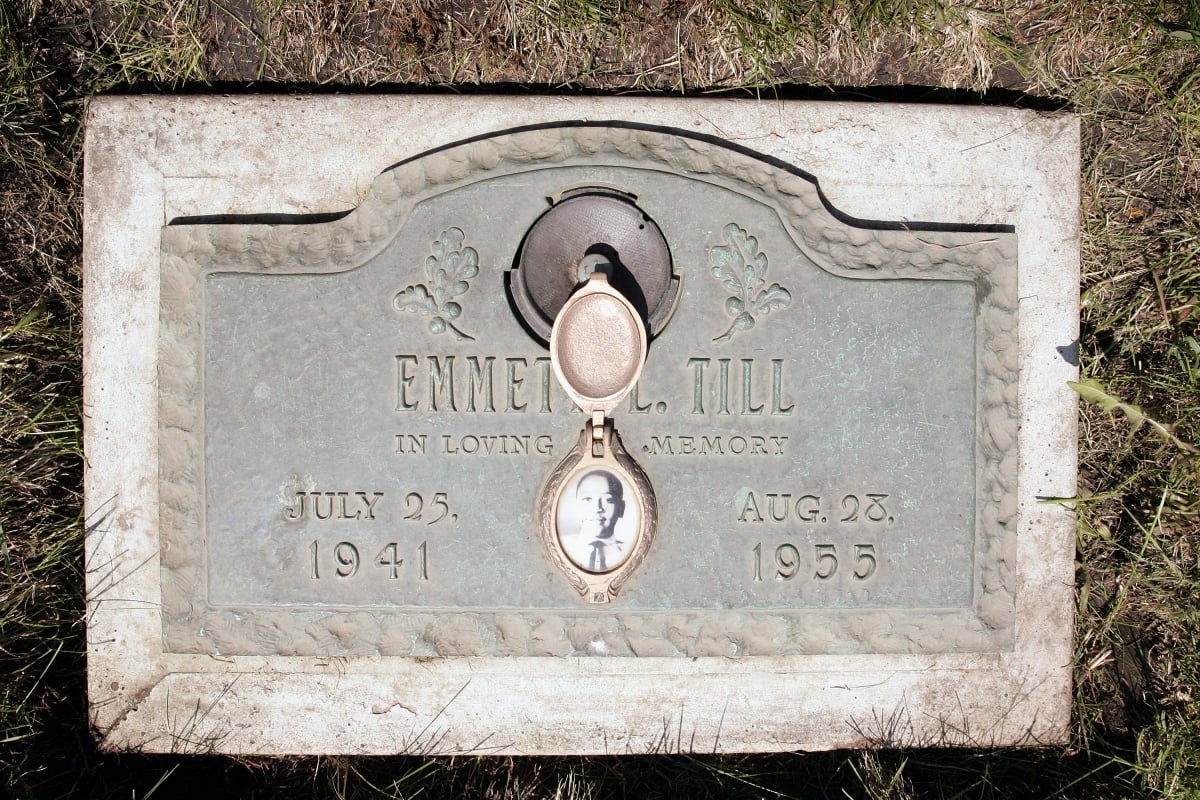Right now, in the opera world, there is a scandal surrounding “Emmett Till: A New American Opera” arriving at John Jay College in New York on Wednesday and Thursday. It is a work made by composer Mary D. Watkins, who is Black, and librettist Clare Coss, who is white. Many are concerned about Coss’s involvement and what it means to have her be one of the faces and minds behind this project.
Emmett Till was a 14-year-old in 1955, who was accused of flirting with a white woman, Carolyn Bryant. He was abducted, beaten, and lynched by Carolyn Bryant’s husband, Roy Bryant, and Roy’s half-brother, J.W. Milam. They were tried and acquitted but later confessed to the killing after being safe due to the legal concept of double jeopardy. Carolyn Bryant is still alive and has admitted to lying.
Coss told the Washington Post that she wrote this opera from the perspective of it being about “the moral failure of the white community.” She said, “I approached writing about Emmett Till through my conviction that this tragedy is shared in the way the tragic history of our country is shared. I mean, White people as perpetrators and witnesses of White supremacy have a stake in this story. Everyone has a stake in this story. It’s an American story, and it’s about the moral failure of the White community.”
Coss has a prominent white character in the narrative, and this has made many Black artists feel uncomfortable. The Washington Post reported that the Black Opera Alliance posted a statement in response to Emmett Till on Instagram:
The Black Opera Alliance empathizes with and supports the Black artists and producers involved in the upcoming production of “Emmett Till, The Opera,” but we denounce the telling of this historic story by a white woman and from a white vantage point. It is time for Black creators to be given opportunities to expand the operatic canon with authentic storytelling from our own perspectives.
Carolyn Bryant (the white woman who falsely accused Emmett Till) still walks free, and now she can walk into a theater and see the story of the lie she got away with–through the eyes of a fictional, fellow white woman.
While we feel for the Black people involved in this opera, we do not support the rehashing of Black trauma for white entertainment. By centering a white character in a story of Black trauma, the librettist, Clare Coss takes an experience she has no claim to and centers whiteness. White saviorism is not allyship, it is violence, and we condemn it. It is time for Black joy in opera, Black love in opera, Black triumph in opera, from Black perspectives, and we will continue to work for that progress.
Watkins has defended the project and the collaboration it represents between the African-Americans involved and Coss, who Watkins declares is an ally. “Even though there are many artists of color involved in this project, the critics are assuming that we have had no impact on the final shape of the piece and that the playwright has somehow forced all of us to tell her story,” Watkins told The Washington Post in email interview. “It is an insult to me as a Black woman and to the cast members who are African-American.”
She continued, “She is an ally, a life-long activist who has worked hard for 8 long years to develop this piece and to raise the funds to produce the first two performances. She has been very respectful to me and all the other artists of color on this project. It is my opinion that she has every right as an artist to tell the story of Emmett Till.”
Whenever we see white or non-Black (and even non-American Black people) take issue concerning the story of Emmett Till and attempt to transform it into art, there is a conversation about who continues to profit off of the death of this Black child. Even Lovecraft Country dealt with some backlash on how it incorporated Emmett Till into its fiction.
It is entirely possible for allies and artists to tackle Till, but I think the reason it is so painful and remains that way is because of the impact Till’s murder had on the American consciousness and the fact that, if he were not murdered, he could be alive today. Bob Dylan, who wrote a song about Till, was born the same year. Hayao Miyazaki, Martha Stewart, Neil Diamond, Jesse Jackson, and Bernie Sanders, to name a few, are just some of the few people who are the same age Till would be today if he had lived. He would be someone’s grandfather.
Till’s memory is not in the past; it is part of the current living place we are in.
(via WaPo, image: Scott Olson/Getty Images)










Published: Mar 23, 2022 03:30 pm